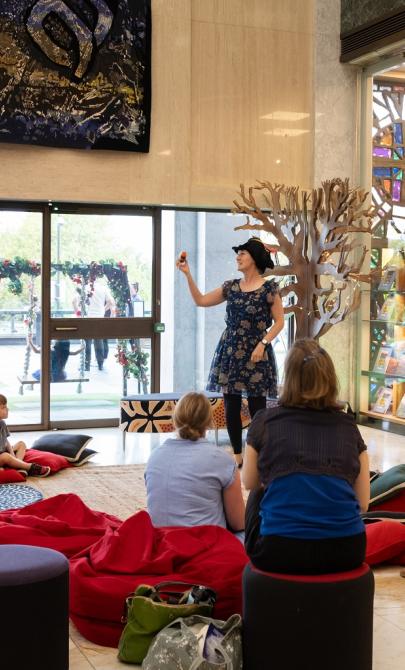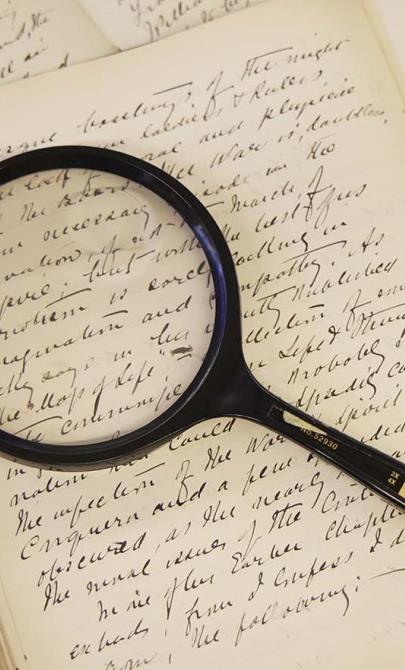The poet of Australia
Henry Lawson and national identity
At a time when Australians were beginning to question colonial ties and imagine a united nation, Lawson's writing struck a chord. Prime Minister William (Billy) Hughes once described him as "the poet of Australia, the minstrel of the people."
Lawson's work was frequently published in newspapers and magazines that reflected a growing desire for Federation and a distinct Australian identity. His poetry and prose have helped shape how Australians see themselves and the landscape they inhabit.
Objects that tell a story
The Library holds several unique objects (realia) that help us understand Lawson's legacy. These include:
- a bronze cast of his hand
- his pen, used at Leeton, New South Wales
- a bust carved by Otto Bettmann (1862–1945)

Nelson Illingworth, Cast of Henry Lawson's hand, ca. 1922 [realia], nla.gov.au/nla.obj-139632985
Nelson Illingworth, Cast of Henry Lawson's hand, ca. 1922 [realia], nla.gov.au/nla.obj-139632985
Learning activities
Activity 1: Interrogating historical objects
Show students the image of the cast of Lawson’s hand without a caption. Ask:
- What do you think this object is made of?
- Why might someone have a cast made of their hand?
- What does the object suggest about the person?
Then introduce Lawson’s pen and bust. Discuss what these objects reveal about how Lawson was viewed by others and how people were remembered before photography was common.
Ask students to create their own bust of a friend or relative using clay, papier mâché or plasticine. Alternatively, they could research how to make a plaster cast of a hand and create one of their own.
A Song of the Republic
Lawson’s first published poem, A Song of the Republic, appeared in The Bulletin in 1887. It reflects a rise in patriotism and the Australian public’s growing desire for independence.
Sons of the South, awake! arise!
Sons of the South, and do.
Banish from under your bonny skies
Those old-world errors and wrongs and lies.
Making a hell in a Paradise
That belongs to your sons and you.
Sons of the South, make choice between
(Sons of the South, choose true),
The Land of Morn and the Land of E'en,
The Old Dead Tree and the Young Tree Green,
The Land that belongs to the lord and the Queen,
And the Land that belongs to you.
Sons of the South, your time will come—
Sons of the South, 'tis near—
The ‘Signs of the Times’, in their language dumb,
Fortell it, and ominous whispers hum
Like sullen sounds of a distant drum,
In the ominous atmosphere.
Sons of the South, aroused at last!
Sons of the South are few!
But your ranks grow longer and deeper fast,
And ye shall swell to an army vast,
And free from the wrongs of the North and Past
The land that belongs to you.
Activity 2: Exploring 'A Song of the Republic'
As a class, read Lawson’s poem and ask:
- Who are the ‘Sons of the South’?
- What does ‘awake! arise!’ mean in this context?
- What does the phrase ‘making a hell in a Paradise’ refer to?
- What might the ‘ominous whispers’ suggest?
- What does Lawson mean by ‘the wrongs of the North and Past’?
- What images come to mind when you hear ‘the land’ in this poem?
Invite students to write their own poem or song expressing ideas they see as revolutionary or important in today’s world.
Activity 3: Explore further
Explore other works by Lawson that engage with national identity, such as:
These resources align with themes found in the Library’s modules Documenting Federation and A national identity.





